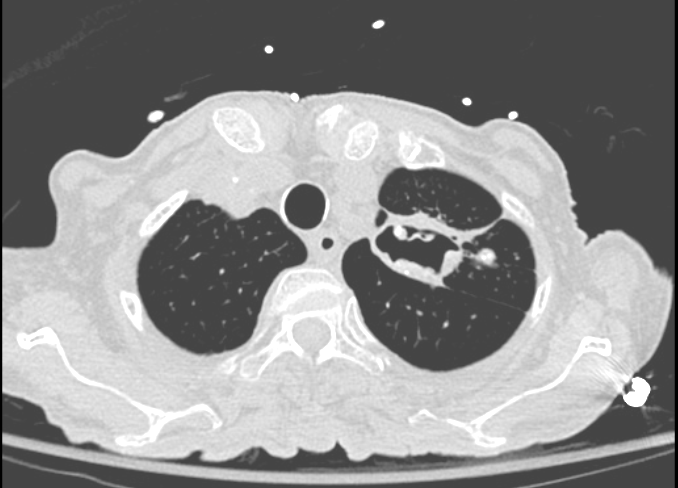I’m guessing you’ve probably never wondered this, but if you’re curious, here’s a brief historical #medthread / #tweetorial on how the EKG waves got the names they did.
ncbi.nlm.nih.gov/pmc/articles/P…
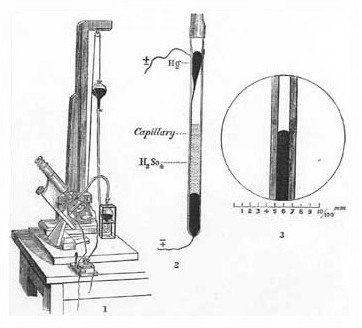
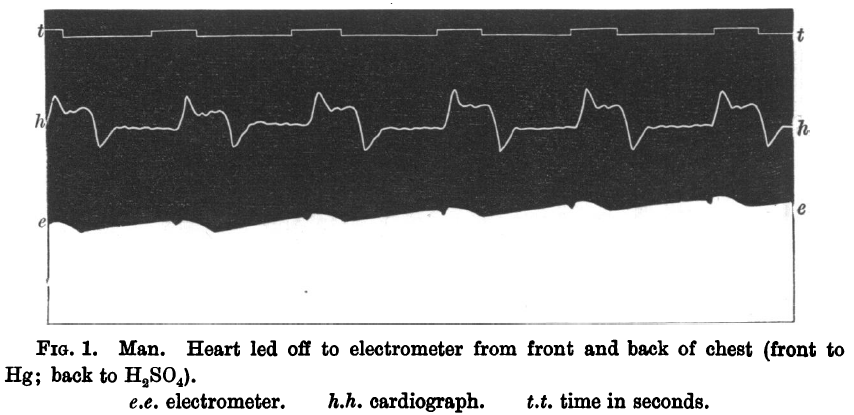
sciencedirect.com/science/articl…
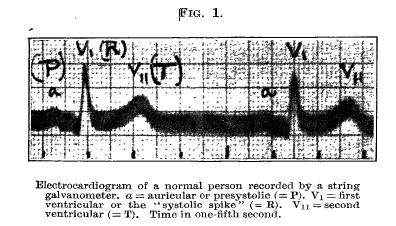
ncbi.nlm.nih.gov/pubmed/4930789
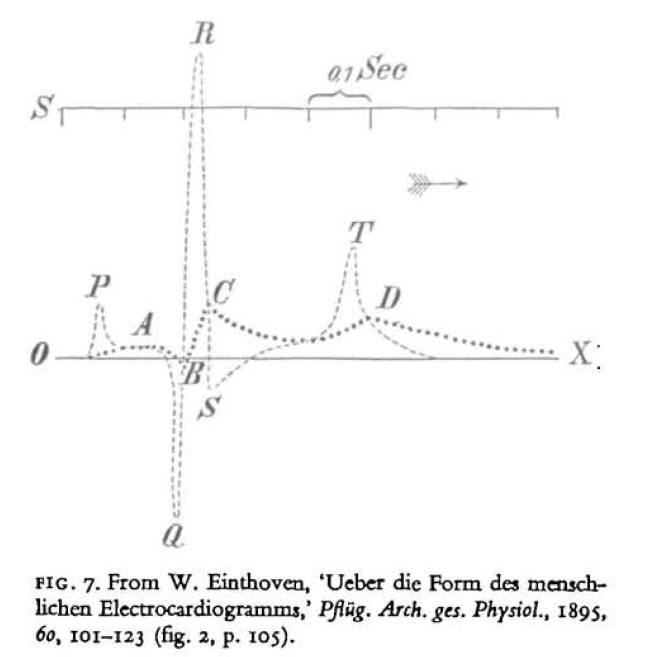
ncbi.nlm.nih.gov/pubmed/9799216
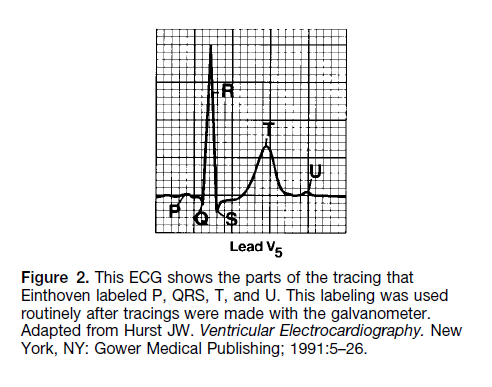
ncbi.nlm.nih.gov/pubmed/11092639
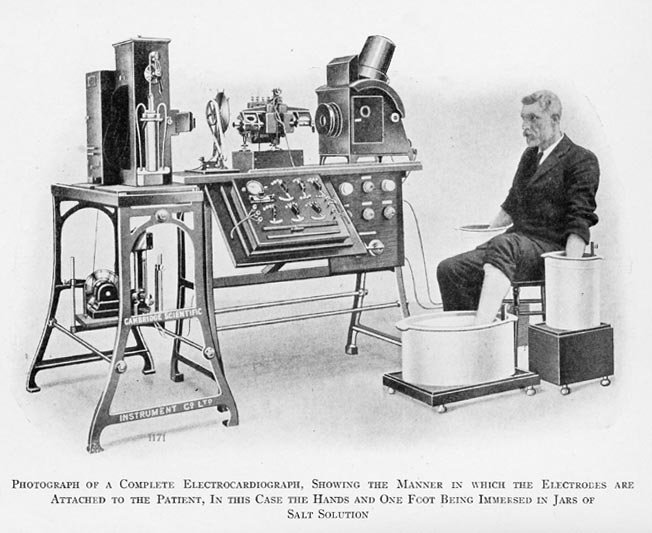
ncbi.nlm.nih.gov/pubmed/9799216



